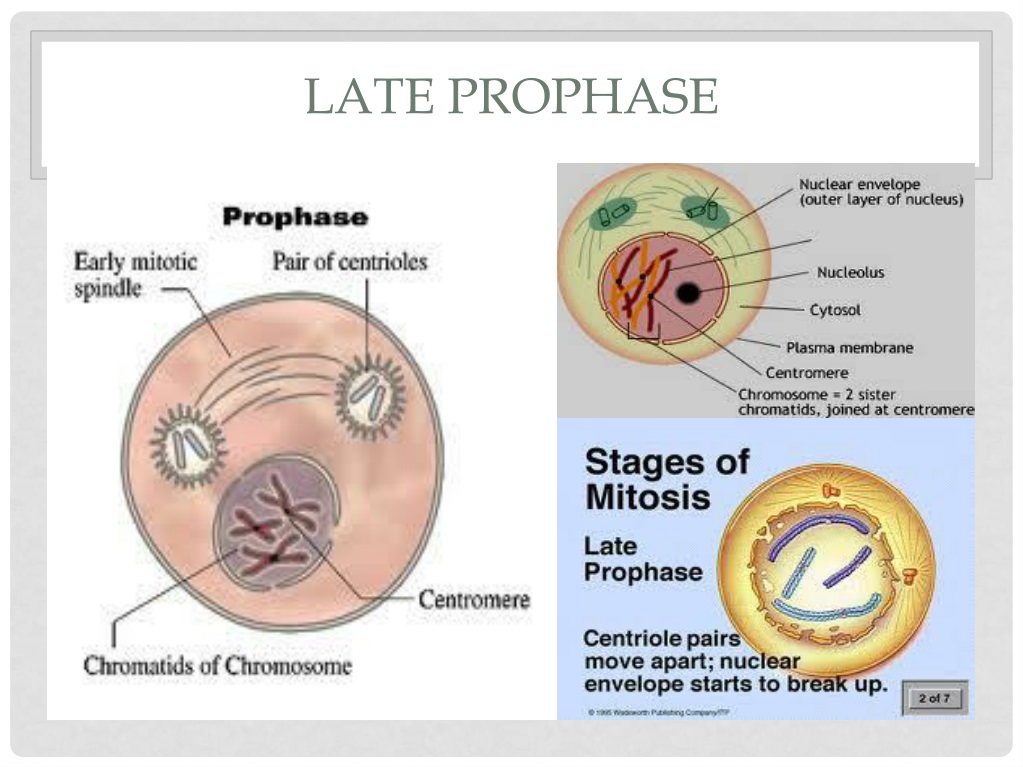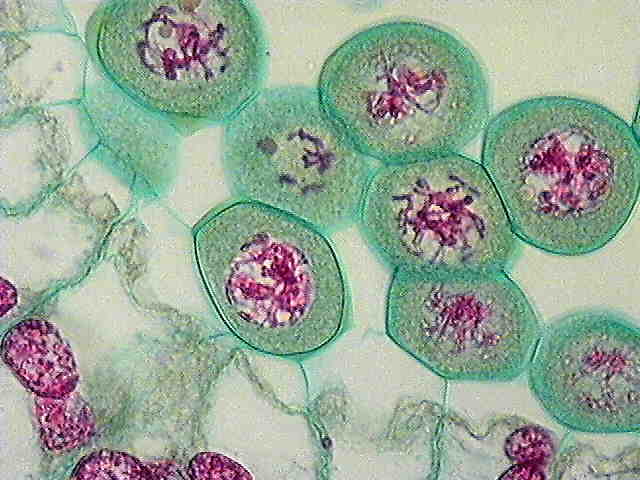

Meiosis I is unique in that genetic diversity is generated through crossing over and random positioning of homologous chromosomes (bivalent chromosomes). Meiosis I proceeds directly to meiosis II without going through interphase. In meiosis I, the phases are analogous to mitosis: prophase I, metaphase I, anaphase I, and telophase I (below figure). The amount of DNA in the cell has doubled, and the ploidy of the cell remains the same as before, at 2 n. The steps leading up to meiosis are similar to those of mitosis – the centrioles and chromosomes are replicated. However, several features, namely, the pairing and genetic recombination between homologous chromosomes, are unique to meiosis. Meiosis uses similar mechanisms as those employed during mitosis to accomplish the separation and redistribution of chromosomes. Halving the ploidy in meiocytes is essential for restoring the genetic content of the zygote to that of the parents. Diploid (2 n) organisms rely on meiosis to produce meiocytes, which have half the ploidy of the parents, for sexual reproduction. late prophase - the nuclear membrane and the nucleolus finally vanish completely.Meiosis is the process by which replicated chromosomes undergo two nuclear divisions to produce four haploid cells, also called meiocytes (sperms and eggs). Early prophase - the nuclear membrane becomes more and more indistinct and the chromatin fibers become more and more packaged and condensed. Prophase marks the separation of the duplicated genetic material carried by the nucleus and condensation of the chromatins occurs. Note: Disappearance of nucleolus usually occurs at prophase and this step occurs at ending of the prophase.

The right option is "B", i.e., The disappearance of the nucleolus. (Centromeres are the locales of DNA where the sister chromatids are most firmly associated). Microtubules can tie to chromosomes at the kinetochore, a fix of protein found on the centromere of every sister chromatid. The outline additionally shows the centromere area of a chromosome, the limited "midsection" where the two sister chromatids are most firmly associated, and the kinetochore, a stack of proteins found at the centromere.

The aster is a variety of microtubules that transmits out from the centrosome towards the cell edge.

Graph demonstrating kinetochore microtubules (bound to kinetochores) and the aster. The mitotic shaft develops more, and a portion of the microtubules begin to "catch" chromosomes. The atomic envelope separates, delivering the chromosomes. The chromosomes become considerably more consolidated, so they are conservative. In cytokinesis, the cytoplasm of the cell is split in two, making two new cells.Ĭomplete answer: In late prophase (some of the time additionally called prometaphase), the mitotic axle starts to catch and put together the chromosomes. Mitosis takes place in four stages: prophase (sometimes divided into early prophase and prometaphase), metaphase, anaphase, and telophase. Cell division usually occurs as part of a larger cell cycle. Hint:Cell division is the process by which a parent cell divides into two or more daughter cells.


 0 kommentar(er)
0 kommentar(er)
